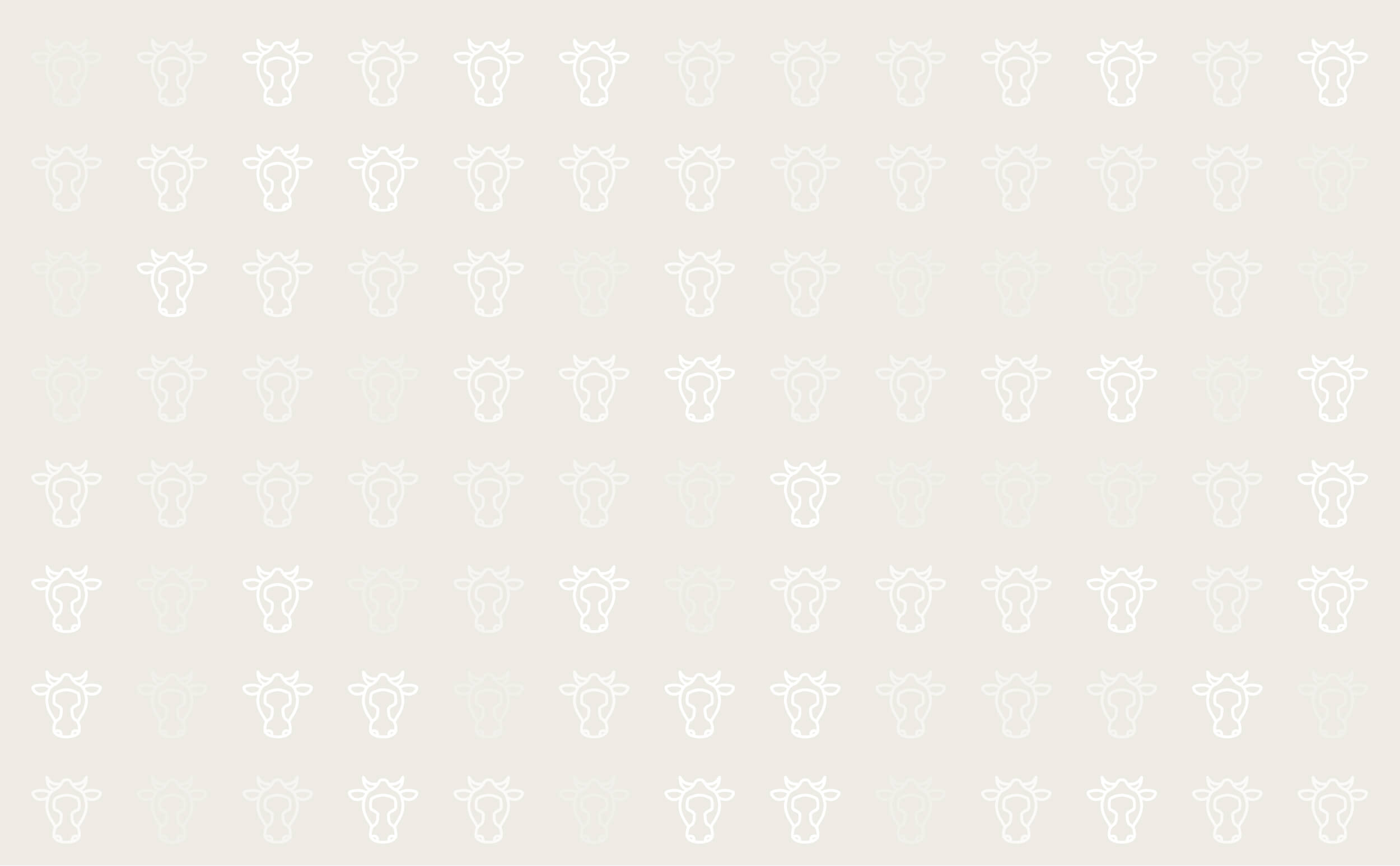



Bovine Trichomoniasis
Trichomoniasis is a venereal disease of cattle, characterised primarily by early pregnancy loss and, occasionally, by abortion and pyometra.
Bovine trichomoniasis (trich) is a reportable disease in many parts of the US, and appears to be a bigger problem west of the Mississippi River. In recent years, thanks to an increased awareness, the number of cases have dropped significantly.
Experts agree that it is difficult to put a dollar figure on trich. However, if a producer only has a 50 per cent pregnancy rate for one season, it could put him out of business.
Symptoms
There is no outward evidence of the disease that makes it recognisable to producers. It can only be confirmed by diagnostic testing. However, trich does significantly reduce fertility, which can have a devastating economic impact for producers.
The disease is spread between cows by bulls. Any bull found with the disease must be culled. The majority of cows (97-99 per cent) will self-clear of the disease within 120 days.
Whilst it is beneficial that cows can clear themselves of the disease, during this time period they will have missed a valuable time frame for coming into calf.
There are no accepted treatments out there for trich, and there is a possibility that the disease may re-occur within cows. With this in mind, producers are also advised to sell non-pregnant cows.
Prevention
Bulls should be tested annually for trich. This is an excellent strategy to ensure that trich is not present in herds.
Producers are advised against buying non-pregnant cows, as they may be a source of the infection.
There is mandatory testing of all bulls when they are imported or change ownership. However frequent bull testing will control the disease, within the state.
Producers are advised to work with their local veterinarians to develop a plan that works with each individual herd. It is also advisable to test bulls before breeding.
Diagnostics
Diagnostic testing for Trichomoniasis is only available for bulls. All non-virgin bulls should be tested on-farm prior to breeding season or co-mingling in the herd. Some states and countries require testing prior to import or prior to sale within a state/country.
PCR is the ideal test to use for Trichomoniasis because it provides not only faster results than culture, but a higher level of confidence in the results. It's possible to "pool" tests, meaning test a group of non-virgin bulls using one diagnostic reaction to meet the state's requirement. In herds where Trich has been identified, individual tests are then required.
Using PCR tests as part of herd management, a Trich infection can be controlled and pregnancy rates increased, limiting the economic consequences of the disease. Since every bull goes through a breeding soundness examination once a year before they're put into the pasture with cows and heifers, it’s typically the best time to collect a Trich sample, allowing farmers to avoid running the bull through the chute twice.
For more information about diagnostic solutions for Trich, click here.

